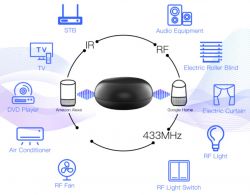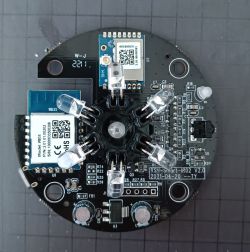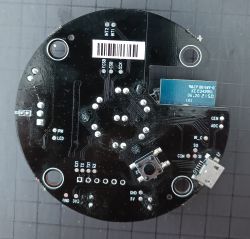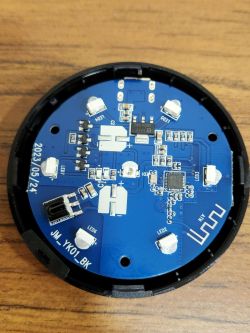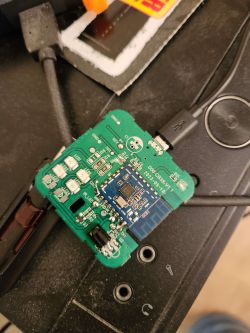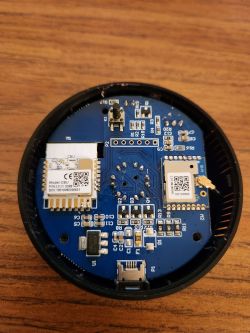Description:
100% Brand New and High Quality!
1. Newest version with RF and IR highly compatible: All-in-one IR and RF remote control is dedicated to activating air conditioners, TVs, fans, DVDs, STBs, TV boxes, etc. Infrared devices and even RF appliances such as RF light, RF switch, RF roller blinds, etc. with one single remote control; storage of thousands of IR codes. (Supports IR 38KHZ and RF 433MHz)
2. Multiple remote control RF protocols ensure a better user experience for controlling different 433MHz RF devices such as curtain/shades motor, light switch; Local IR code for faster response.
3. WiFi/4G App Remote Control from Anywhere: Equipped with this new smart controller, you can control IR and RF devices with the free mobile "Smart Life/Tuya" App anytime from anywhere (Compatible with Android & iOS). Control your appliances in advance when you are away from home. Turn your smartphone into a universal remote in an easier way.
4. Hands-free Voice Control: Alexa, set A/C to 77 degrees Fahrenheit. A simple voice command can activate the controller to remotely control most Infrared and RF Control Devices, such as A/C, FAN, TV, DVD, STB, TV BOX, and RF protocol devices. (Furthermore, compatible brands or devices, please check the attached list or Smart Life App.)
5. Customized DIY Copy Function: If you cannot find the device brand in the "Smart Life" App, the programmable DIY learning function may help to copy the same function from the original remote. Most IR and RF remote control devices will be applicable, such as fireplaces, heaters, ceiling fans.
